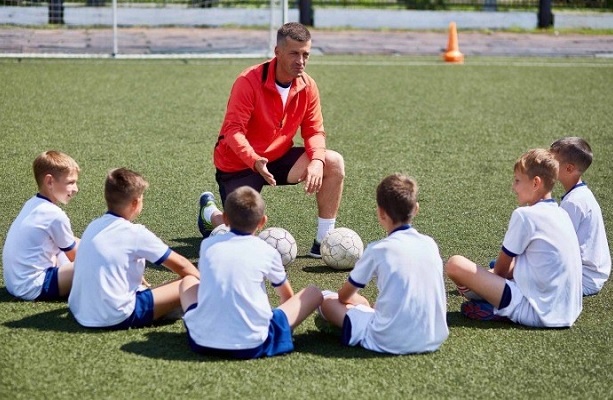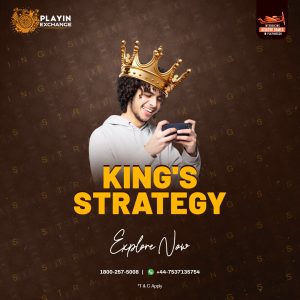How to Plan and Organize an Effective Soccer Session?

Practice makes perfect. It’s an old adage, but there’s a reason it’s survived for so many years-because it’s true.
But there’s a lot more to it than that. Planning a successful session takes thought, organization and follow-through. The activities have to be carefully lined up with a specific end result in mind, the equipment in its proper place, and the players have to buy into what you’re doing.
So let’s look into some of the specifics and see how they work. There are a lot of different ways to have a successful soccer session, and using a soccer session planner is just one of them.
Choose Your Playing Model
Unless you’re coaching rank beginners, every time has a defined playing model. It’s usually based on having strengths at particular positions, then capitalizing those strengths while minimizing the accompanying weaknesses.
The playing model also needs to be organized at a global level. Is it based on a defensive mind set? Constant attacking? Being good in transition, and having the level of athleticism needed to sustain that?
The answers to those questions will reveal how to organize a soccer session. There are individual skills that need to be emphasized to play a specific style, and these must be carefully prioritized during practices.
Replicate Game Situations
While many of these basic skills are obvious, just shooting for learning and improvement isn’t enough. Players have to be able to implement those skills in specific game situations, so they experience pressure and be able to execute through it.
Let’s take a specific example. Execution in front of the goal area is critical, but it’s easier said than done. Part of the reason scoring is so low in general is that defense intensifies there, so scoring tactics have to be specific and explicitly executed.
A good practice session can show players how to do that. It can break down longer sequences into individual passes and positioning, and this helps players understand where they need to be at all times.
Clock Management and Communication
These two go hand in hand. Soccer is a situational sport to a large extent, and players need to know what their role is as those situations shift and change.
A well-organized practice can show them how to do that. There are different skills involved in protecting a lead, for instance, and those skills also vary according to the size of the lead.
They’re very different from attacking skills, which involve precise passes, communication during individual moves and passes, and knowing how quickly to attack depending on how much time is on the clock. To get a better idea how to do this and use a soccer session planner to help, go to www.cupello.com and see what options and possibilities are available.







